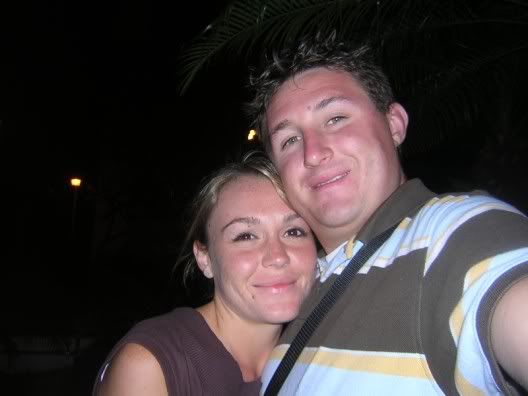I found some fun optical illusions on Cool Optical Illusions.com The circles will appear to move clockwise and counterclockwise depending on whether you are moving forward or away. You can also find this illusion in the Desktop Wallpaper section, so you can set it as your background on your computer.
The circles will appear to move clockwise and counterclockwise depending on whether you are moving forward or away. You can also find this illusion in the Desktop Wallpaper section, so you can set it as your background on your computer.
 How many faces do you see in this painting. They don't all seem to be happy, it looks like there are growling dogs or demons of some sort in the background too. A great optical illusion project would be to create a similar drawing or painting and see how many faces you can fit into the picture.
How many faces do you see in this painting. They don't all seem to be happy, it looks like there are growling dogs or demons of some sort in the background too. A great optical illusion project would be to create a similar drawing or painting and see how many faces you can fit into the picture. Is it a man's face, or the word Liar -- tell the truth!
Is it a man's face, or the word Liar -- tell the truth! Here is a nut that is quite nutty. It looks twisted and contorted. Quite an impossible optical illusion!
Here is a nut that is quite nutty. It looks twisted and contorted. Quite an impossible optical illusion!
This is another optical illusion that should be included on every study of the history of optical illusions. It is named Ouchi after the person who invented it. There are many things going on in this picture that add to the illusion. First, the circular shape leaves the edges ambigious to our eyes, so we can't tell quite where the image begines and where it ends. This will cause the illusory movement that you see. Another thing about this optical illusion is that our eyes might perceive all the bars to be the same size, as if we are looking through a hole in the middle of the picture, and the bars are farther away in the middle. As if we are looking through the aperature of a camera lens. This also works well if you print it out on a peice of paper and move the paper around!

Ha ha! The artist that created this optical illusion built in actually two optical illusions. First, the obvious optical illusion is that the circles will appear to either be dimples or bumps, depending on how you look at it. But the other optical illusion is subtle. As you first glance at the illusion, you see two rows of bumps, and two rows of dots. But wait... the second row of bups actually has one that is shaded the opposite way. What this shows is that there are so many things going on as your eye sends images to your brain, your brain will quickly form stigmas from the patterns that it perceives. The pattern of 4 rows is a common one... just look around the room you are in, you'll see books and boxes and drawers and papers. And most of their edges are exactly the same all along the length. This optical illusion is also an example of how by changing something in a pattern, you now make the picture much more interesting, because of the conflict. But enough! On to the next illusion!
 Due to the perspective in this drawing, each of these trumpet players is exactly the same size. Pay close attention to how the lines converge at the right side of this optical illusion picture. Now, next time you are scribbling on a sketch pad, see if you can mimick this eye trick!
Due to the perspective in this drawing, each of these trumpet players is exactly the same size. Pay close attention to how the lines converge at the right side of this optical illusion picture. Now, next time you are scribbling on a sketch pad, see if you can mimick this eye trick! THESE ARE COOL- They are Chalk Drawings!! Don't they look real?

This is an amazing optical illusion picture of a woman swimming in the pool, sipping her coke. Check out the artist as he is just about to jump right into the painting!











1 comments:
Thanks for the link. Cool Optical Illusions is my site. Small world!
http://www.coolopticalillusions.com
Post a Comment